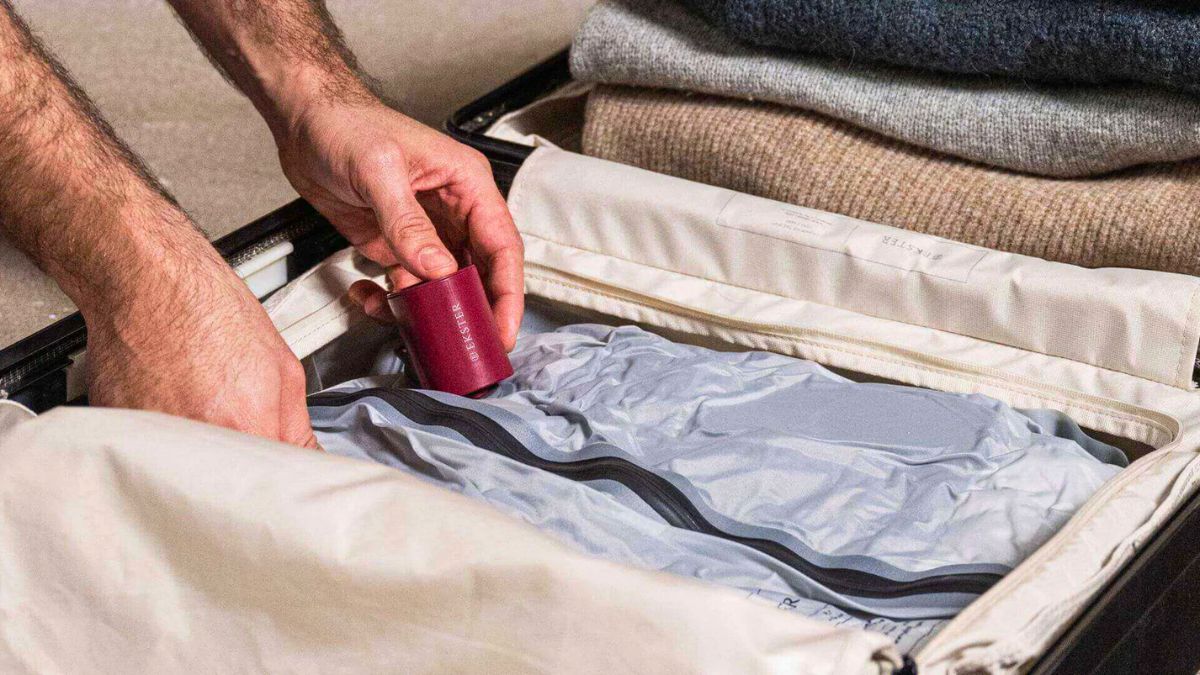Have you ever wrapped your suitcase like a tightly sealed sandwich before checking it in? Or are you one of those travelers who skip the wrap and roll the dice? If you’ve ever wandered through an airport and seen suitcases cocooned in layers of plastic, you’re not alone—especially in U.S. airports where it’s becoming more common. But is it really worth it?
Luggage
Plastic-wrapped luggage is no longer just a rare sight. With companies like Secure Wrap offering services in over a dozen U.S. airports, the practice has gone mainstream. Secure Wrap alone employs more than 100 workers just to help travelers secure their bags. Some see it as extra protection, others as a waste. But what’s really behind this trend?
Reasons
There are quite a few reasons travelers choose to wrap their suitcases:
- Theft prevention – In places like Manila’s Ninoy Aquino International Airport, the infamous “laglag-bala” scam involves officials planting bullets in luggage. A layer of plastic gives peace of mind.
- Damage control – If your suitcase is already showing signs of wear—a broken zipper, missing wheel, or cracked shell—plastic wrapping can keep it together until it reaches your destination.
- Chemical protection – In countries like China, Australia, and the Maldives, luggage may be sprayed for disinfection. Many travelers have reported receiving bags soaked with chemicals and ruined belongings.
TSA
Here’s the catch: the TSA doesn’t really care how much you’ve wrapped your luggage. If they decide your bag needs to be opened, they’ll cut through the plastic—no questions asked. And they won’t wrap it back up for you. That means your luggage could go from tightly sealed to completely exposed in seconds, with your money wasted.
Also, wrapping your luggage in layers of single-use plastic isn’t exactly eco-friendly. It contributes to environmental waste and makes airport trash bins overflow with discarded film.
Alternatives
The TSA doesn’t just criticize plastic wrapping—they suggest smarter alternatives that are both secure and sustainable. Here are some options:
- Reusable covers – These are fabric or vinyl protectors that zip over your suitcase and can be used over and over.
- Luggage straps – Adjustable and lockable, these help hold your bag shut in case it bursts open.
- TSA-approved locks – These can be opened by security staff without damaging your luggage or the lock.
These options not only save money in the long run but also reduce your carbon footprint. It’s about finding that balance between safety and sustainability.
Luggage Wrapping Options
| Option | Pros | Cons |
|---|---|---|
| Plastic Wrap | Quick, widely available, theft deterrent | Wasteful, can be cut by TSA |
| Reusable Cover | Eco-friendly, reusable, protects well | Higher upfront cost |
| Luggage Straps | Inexpensive, keeps bag secure | Doesn’t protect against scratches |
| TSA-Approved Locks | Easy for security to access, adds safety | Doesn’t prevent physical damage |
Advice
If you’re traveling with expensive items, a damaged suitcase, or heading to countries with stricter screening methods, wrapping your bag might offer peace of mind. But for most travelers, using reusable covers or a combination of straps and locks is a better bet—both for security and the planet.
Remember, if TSA wants to open your suitcase, no amount of plastic will stop them. So wrap if you must, but know the limits. And always think twice about your environmental impact. After all, luggage security doesn’t have to come at the cost of sustainability.
FAQs
Does TSA allow plastic-wrapped luggage?
Yes, but they may remove the plastic during inspection.
Is wrapping luggage in plastic effective?
It helps prevent theft and damage but isn’t foolproof.
Are there eco-friendly alternatives?
Yes, like reusable covers, straps, and TSA-approved locks.
Will TSA rewrap my bag if they open it?
No, TSA won’t rewrap your luggage after inspection.
Where is wrapping most common?
Mostly in U.S. airports and high-risk international hubs.























